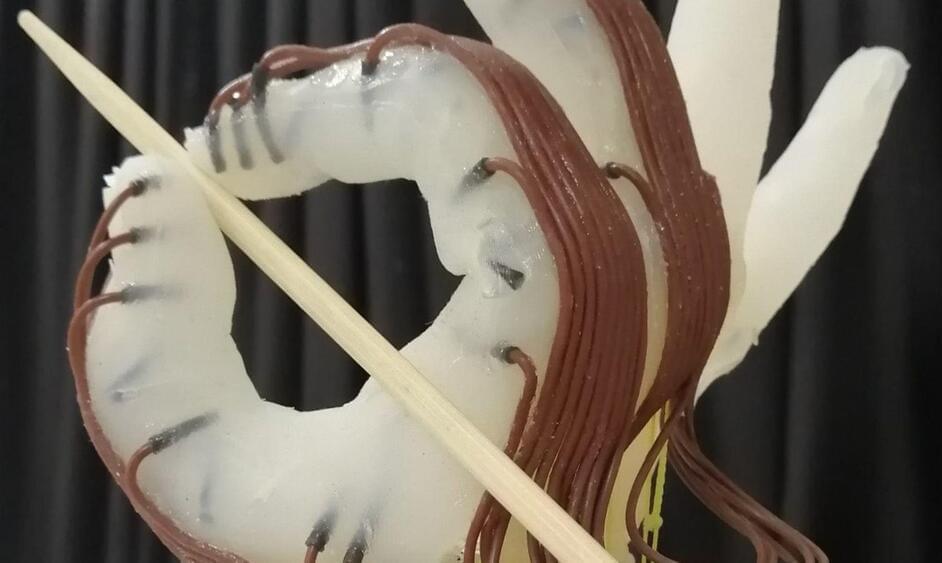The 3D-printed appendage is designed to be low-cost and energy-efficient, capable of carrying out complex movements despite not being able to use each finger independently.
Professor Fumiya Iida, of the University of Cambridge’s Bio-Inspired Robotics Laboratory, said the goal was to “simplify the hand as much as possible”.










Comments are closed.